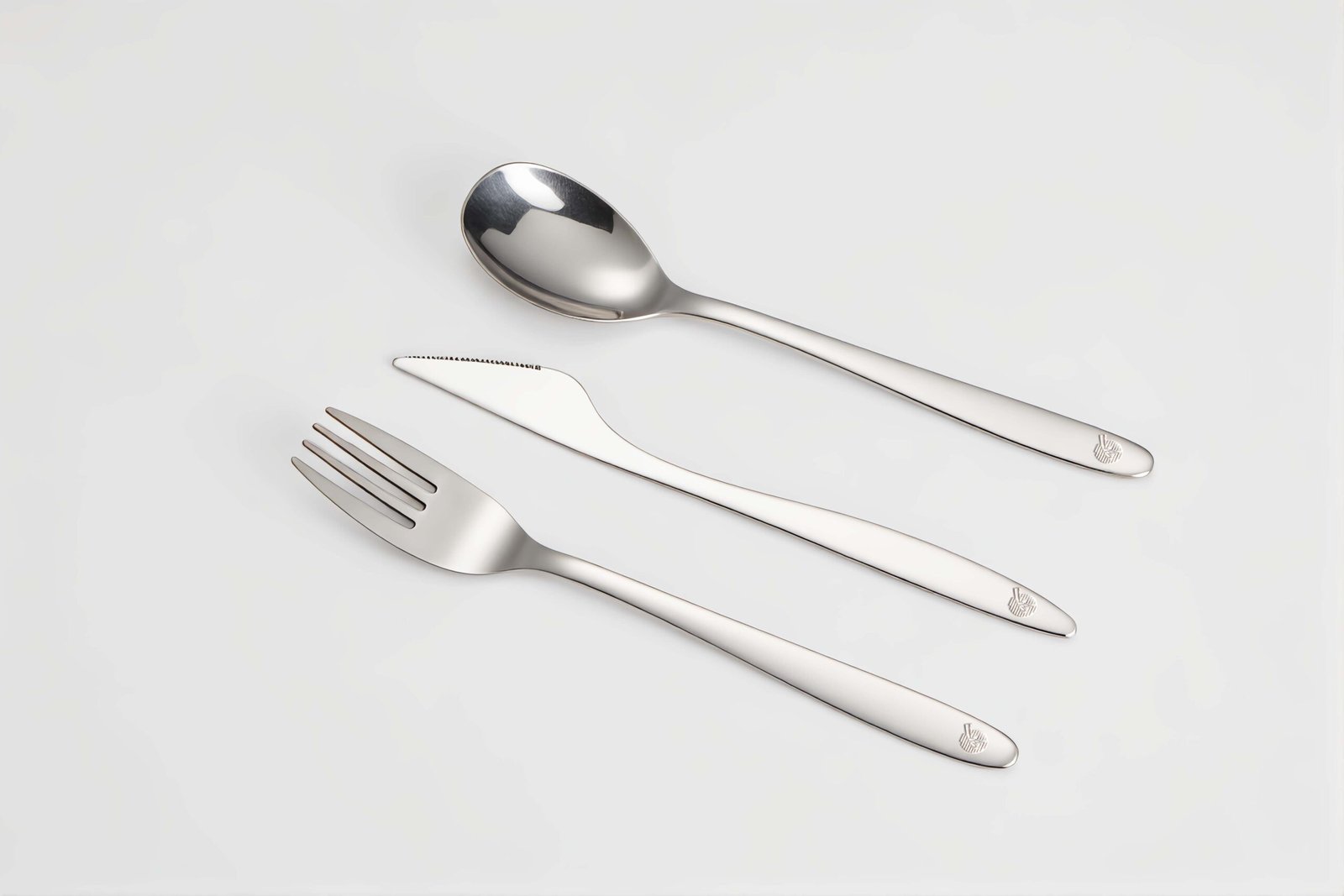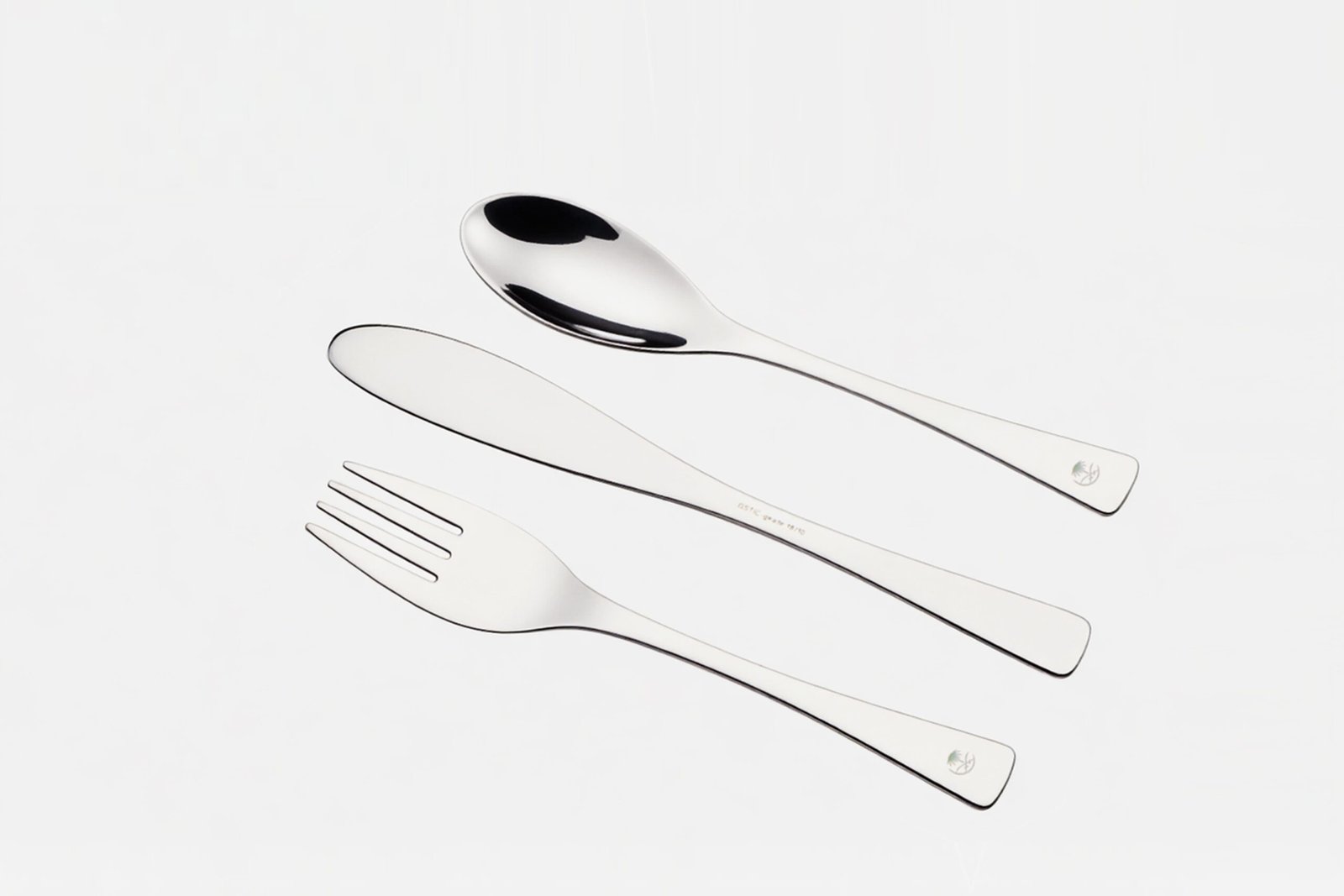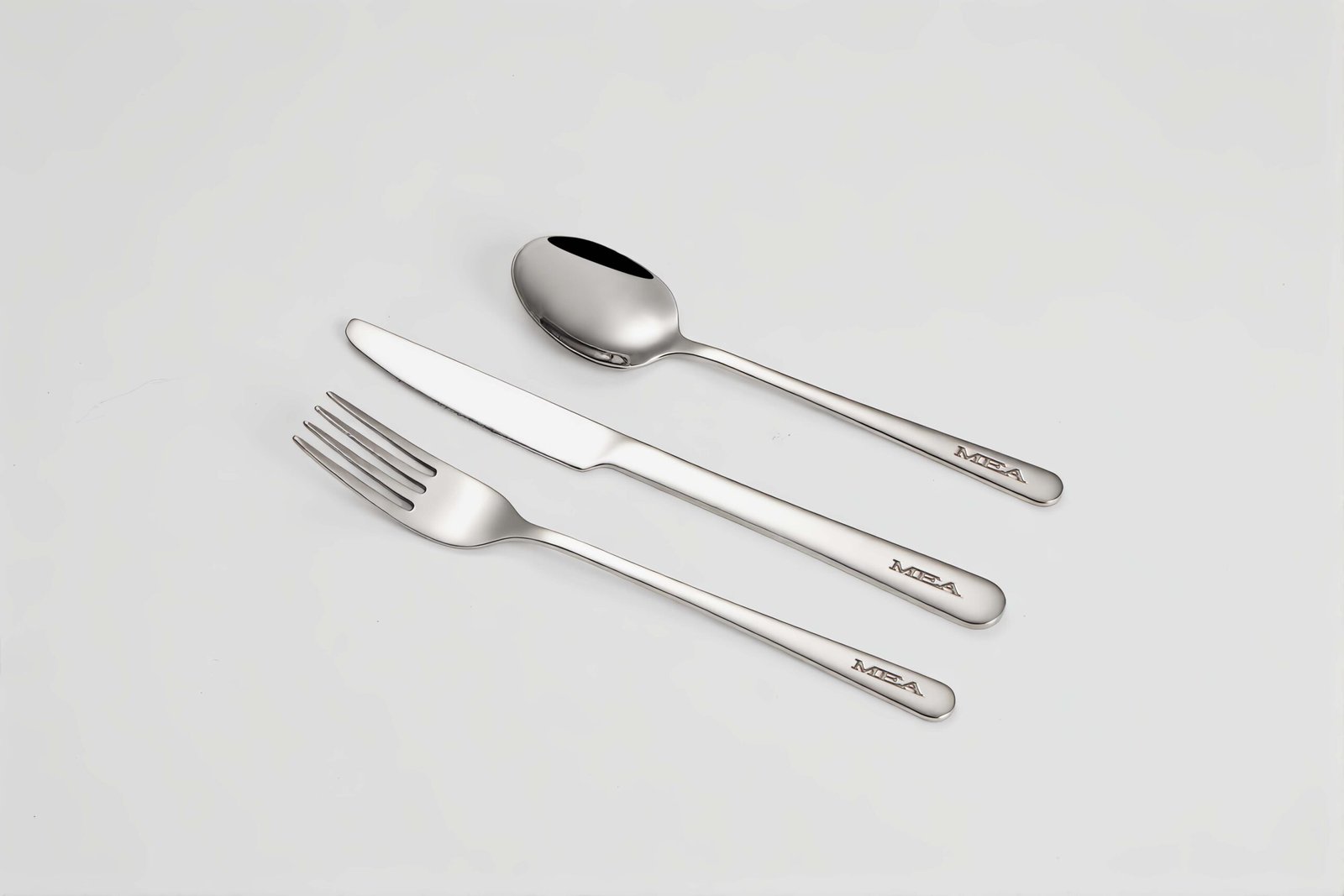Gold flatware looks stunning on a holiday table—but is it just decoration, or is it actually valuable?
Christmas flatware in gold is often gold-plated stainless steel, offering beauty and durability—but it usually holds little intrinsic value.
Gold utensils dazzle during festive meals, especially around Christmas. But looks can be deceiving. Let’s peel back the golden shine and understand what this cutlery is really made of—and whether it holds any real financial worth.
Is gold flatware worth anything?
We know it’s beautiful—but can you cash it in?
Gold flatware is usually only worth its aesthetic and functional value unless it’s made of solid gold, which is rare.
Beauty vs. Intrinsic Value
Gold flatware can elevate a dining experience. It adds luxury and warmth to the table, especially during Christmas. But when people ask, “Is it worth anything?” they often mean, “Is it made of real gold?”
🧩 Comparing Flatware Value Types
| Flatware Type | Material Composition | Intrinsic Value | Market Resale Potential |
|---|---|---|---|
| Solid Gold Flatware | 14k–24k gold | High | High (based on gold price) |
| Gold-Plated Flatware | Stainless steel + gold | Low | Low |
| Gold-Colored Steel | No real gold (tinted steel) | Very low | Minimal |
In my work with high-end cutlery suppliers, I’ve rarely seen solid gold used for practical utensils. It’s too soft, too expensive, and not durable for everyday use. Most “gold” flatware is either gold-plated or colored with a PVD finish, made to simulate the look of gold.
So if you’re buying for investment, this may not be the place. But if you’re buying for the festive atmosphere, then the value lies in the experience—not the gold content.

Is gold flatware real gold?
It looks like gold—but how much of it is actually gold?
Most gold flatware is not solid gold; it is stainless steel or another base metal coated with a thin layer of gold or gold-colored material.
Real Gold vs. Gold Appearance
People often assume anything shiny and gold-colored must be made of gold. That’s not the case with flatware.
🧩 Common Gold Flatware Types
| Type | Gold Content | Durability | Food Safety | Price Range |
|---|---|---|---|---|
| Solid Gold Flatware | 100% gold | Low (too soft) | High | Very expensive |
| Gold-Plated Flatware | Micron-thin gold | Moderate | High | Mid-to-high |
| PVD-Coated Flatware | No gold | Very high | High | Mid-range |
When sourcing products for our clients, we often specify what kind of gold finish they want. PVD (Physical Vapor Deposition) is popular for Christmas sets—it’s long-lasting, safe, and doesn’t fade easily. Gold plating can wear off over time, but it gives that real metal finish.
So yes, there may be real gold on the fork—but just a whisper of it. The plating is often 0.5 microns thick or less. That’s thinner than a strand of hair.
Does gold-plated flatware tarnish?
It glows when you buy it—but does that shine fade?
Yes, gold-plated flatware can tarnish or discolor over time, especially with improper use or cleaning.
The Truth Behind the Shine
Gold is non-reactive, but the materials underneath and the conditions it’s exposed to can still affect its appearance.
🧩 Tarnish Factors
| Factor | Impact on Gold-Plated Flatware | Solution |
|---|---|---|
| Dishwasher Use | Can cause fading or pitting | Hand wash with mild soap |
| Acidic Foods | May corrode plating over time | Rinse immediately after use |
| Scrubbing Tools | Can scratch or remove plating | Use soft cloths only |
| Prolonged Storage | Can cause dullness or spots | Store in dry, lined cases |
When I started sourcing gold flatware for Christmas gift sets, some customers complained after a few months that the forks lost their glow. The cause? Dishwashers and abrasive sponges.
So I always advise: if you want your golden flatware to last through many Christmases, treat it like fine jewelry. Wash it gently, dry it completely, and store it properly.
Is gold-plated stainless steel worth money?
It’s durable and pretty—but can you sell it for a decent price?
Gold-plated stainless steel flatware has minimal resale value unless it’s vintage, branded, or part of a luxury set.
When Style Meets Stainless
Stainless steel is a fantastic base. It’s strong, rust-resistant, and affordable. Add a touch of gold, and it becomes elegant—but not necessarily valuable in financial terms.
🧩 Evaluating Worth
| Feature | Does It Add Value? | Notes |
|---|---|---|
| Gold Plating | Not much | Too thin to recover |
| Stainless Steel Base | Functional, not valuable | Used for durability, not resale |
| Brand (e.g., Christofle) | Yes | Branded flatware can be collectible |
| Age & Condition | Sometimes | Vintage or mint sets fetch more |
In my experience with exports, most buyers see gold-plated flatware as a lifestyle product. It’s for show. If you’re hoping to sell it later, don’t expect much return—unless it’s tied to a famous name or rare design.
So is it worth it? Emotionally—yes. Financially—maybe not.

How do I know if my flatware is valuable?
Not all shiny forks are made equal. So how do we tell what’s actually worth something?
Check for hallmarks, weight, material composition, condition, and brand—these are the main indicators of valuable flatware.
Simple Tests You Can Do
Identifying flatware value doesn’t need special tools. You can do a few checks right at home.
🧩 Flatware Value Checklist
| Check Method | What to Look For | Sign of Value? |
|---|---|---|
| Stamp or Hallmark | 14k, 18/10, brand name | Yes, shows authenticity |
| Magnet Test | Stainless reacts, gold does not | No reaction = possible gold |
| Visual Wear | Worn plating, chips, discoloration | Bad for resale |
| Brand or Set Number | Christofle, Oneida, etc. | Higher potential |
My aunt once handed me her mother’s Christmas flatware, assuming it was worthless. But after looking closely, I saw a tiny stamp: “1847 Rogers Bros.” It turned out to be silverplate—still not real silver, but a sought-after collector piece.
If you’re curious about your gold-colored forks, take a magnifying glass and start with the markings. They often reveal more than the color does.
What is gold clad worth?
It sounds fancy—but what is it really?
Gold clad refers to a thicker layer of gold bonded to a base metal, but it’s still not solid gold and has limited resale value.
Gold Clad vs. Gold-Plated: Know the Difference
“Clad” can sound more premium, and sometimes it is. But let’s be clear: it’s not solid gold.

🧩 Clad vs. Plated Comparison
| Type | Thickness | Durability | Gold Recovery Possible? |
|---|---|---|---|
| Gold-Plated | Under 1 micron | Moderate | No |
| Gold-Clad | 1–5 microns | Higher | Still not profitable |
| Solid Gold | 100% gold | Soft but valuable | Yes |
Gold clad flatware can last longer than basic plating, especially if applied by electroplating. But its value still lies in its presentation. I’ve handled hundreds of styles from Chinese factories, and even the best-looking clad pieces rarely hold resale worth.
Clad gold gives that extra richness to a Christmas table. Just don’t expect it to make you rich.
Gold flatware adds shine to the Christmas table—but don’t let the glow fool you into thinking it’s an investment.






